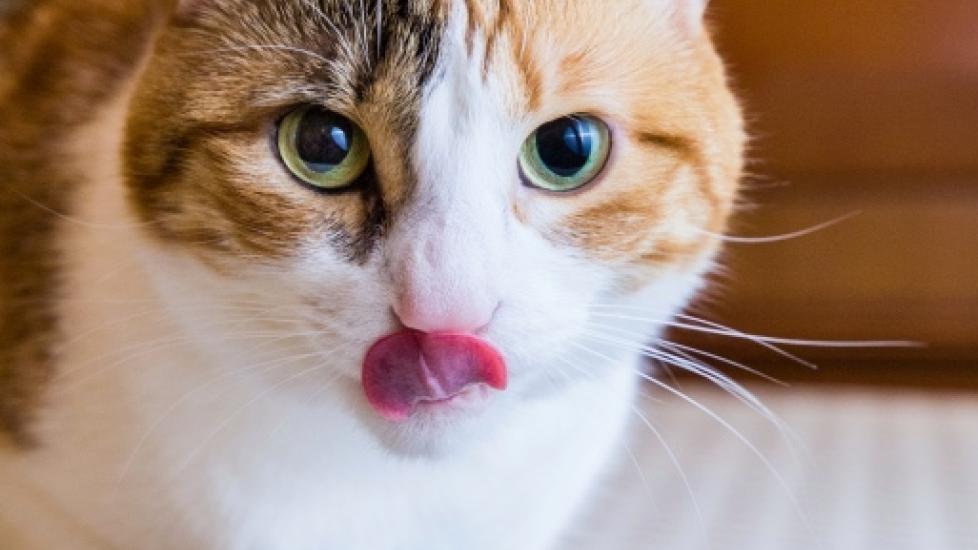How the Right Cat Food Can Help Prevent Bladder Stones
One of the nice things about diagnosing bladder stones (uroliths) in cats is that the three main types are amenable to prevention, and sometimes even treatment, through diet.
Bladder stones are a collection of minerals and other materials that coalesce over time and can grow to astounding sizes and/or numbers. Cats with bladder stones typically have some or all of the following symptoms:
- Urinating outside the litter box
- Straining to urinate
- Having to “go” frequently but producing little urine at any one time
- Discolored urine
- Licking around the urinary opening
- Male cats are at risk for becoming “blocked” if a stone or sludge prevents the free flow of urine through the urethra. This is a life threatening emergency that needs to be dealt with immediately; in other words, not when your regular vet opens in the morning.
A diagnosis of bladder stones can usually be made through some combination of a urinalysis, X-rays, and ultrasound. According to the Minnesota Urolith Center (the lab that most vets use to analyze stones removed from their patients), 45% of the samples they receive from cats are struvite stones, 43% are calcium oxalate stones, and 5% are made out of urates.
Struvite stones are the easiest to treat. They can be dissolved and/or prevented by feeding a diet that is low in phosphorus and magnesium and promotes the formation of acidic urine (a pH between 6.2 and 6.4 is ideal).
Calcium oxalate stones have to be removed surgically or through other procedures like lithotripsy (breaking up the stones with ultrasonic shock waves until they are small enough to pass), but their return can be prevented (or at least delayed) through dietary means. Recommendations include avoiding foods and supplements that are high in calcium and oxalates, and promoting a urinary pH of higher than 6.2.
Like calcium oxalate stones, those made of urates need to be physically removed via surgery or other procedures, but then dietary modifications can play a role in preventing their return. Goals include reducing dietary purine levels by feeding foods that are not overly high in protein and ensuring that the protein that is present is of the highest quality and producing a urinary pH of 6.6 or higher.
For all three types of stones, encouraging water intake by feeding canned food only and even mixing a little extra water in to bring the cat’s urine specific gravity to 1.030 or below is also very helpful. Dilute urine helps to keep minerals in solution rather than precipitating and forming stones.
Several different pet food manufacturers make commercially available diets that meet these parameters. Your veterinarian can make appropriate recommendations; some will even provide “sampler packs” so owners can easily figure out which type of food their cat likes best. Home cooked foods are also a possibility, so long as they are prepared based on recipes designed by a veterinary nutritionist who is familiar with the particulars of a cat’s case. When dietary manipulation alone is insufficient, medications (e.g., methionine and ammonium chloride to reduce urinary pH or potassium citrate to raise it) can be added to the mix.

Dr. Jennifer Coates
Image: Thinkstock
